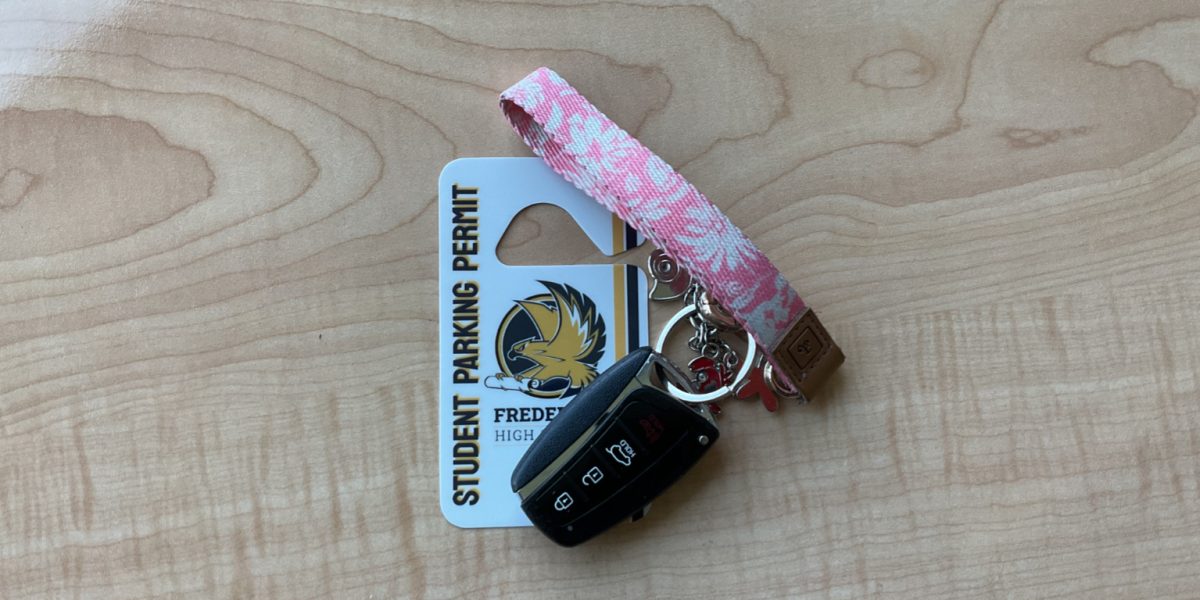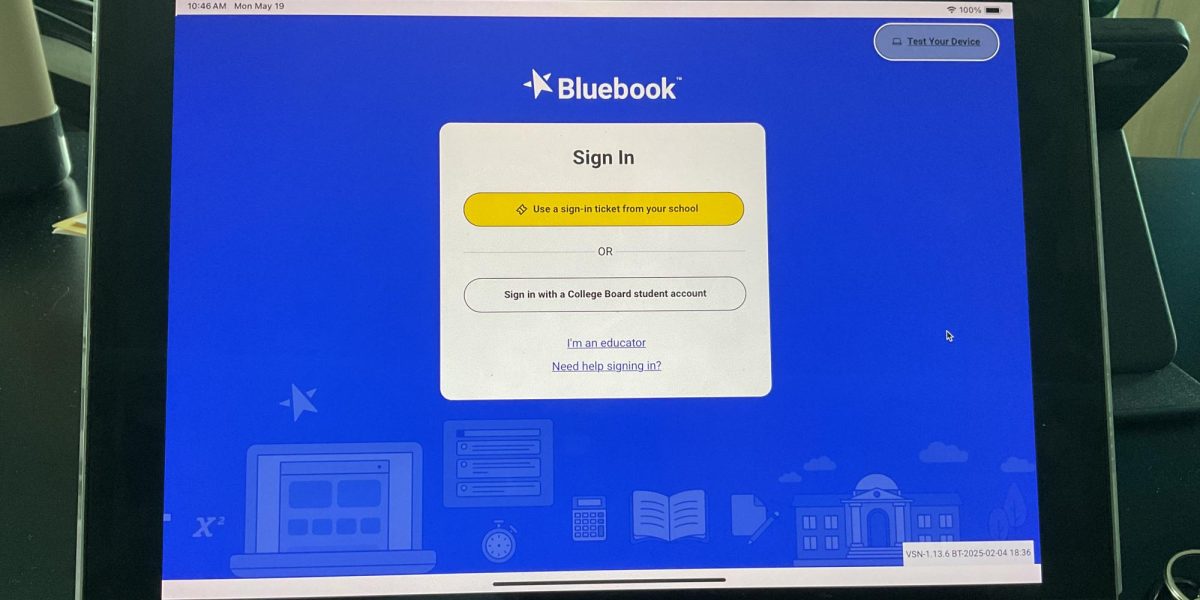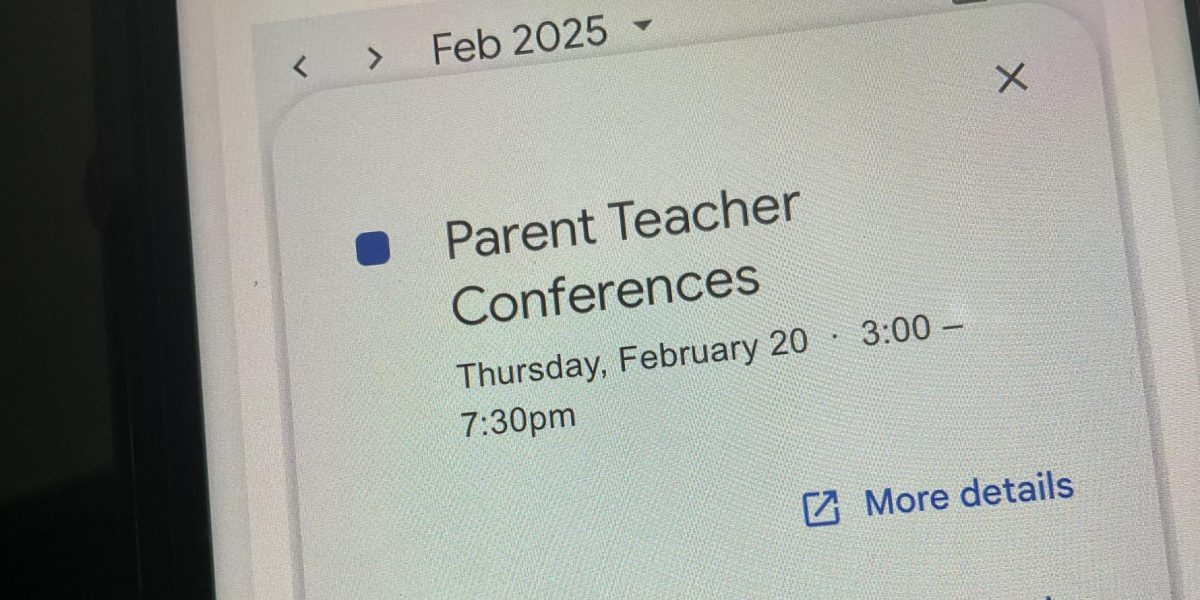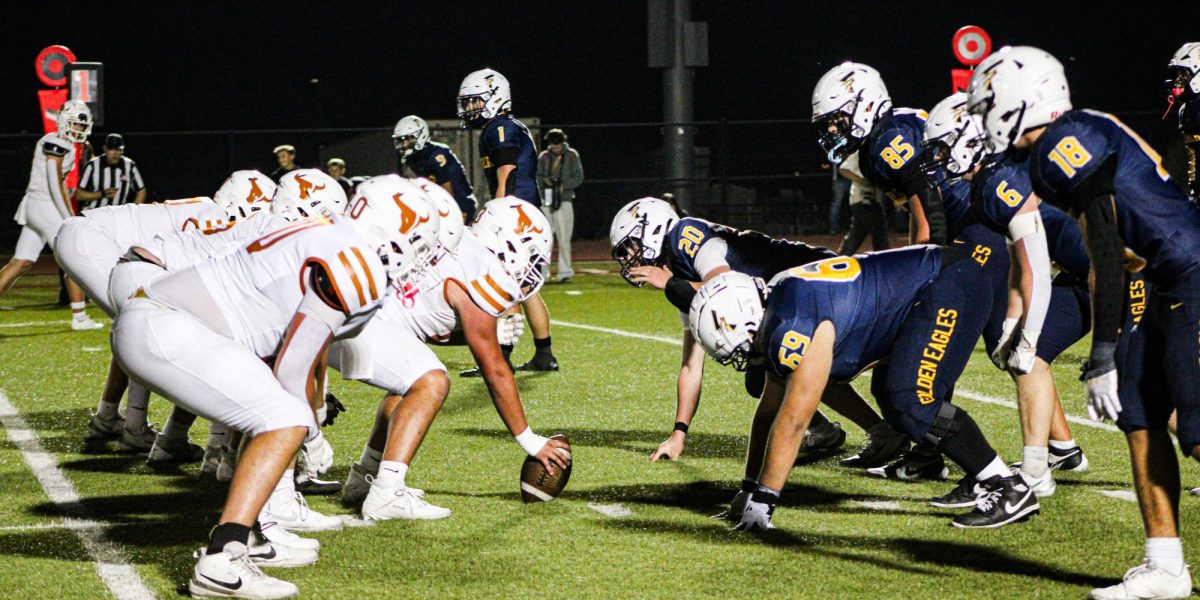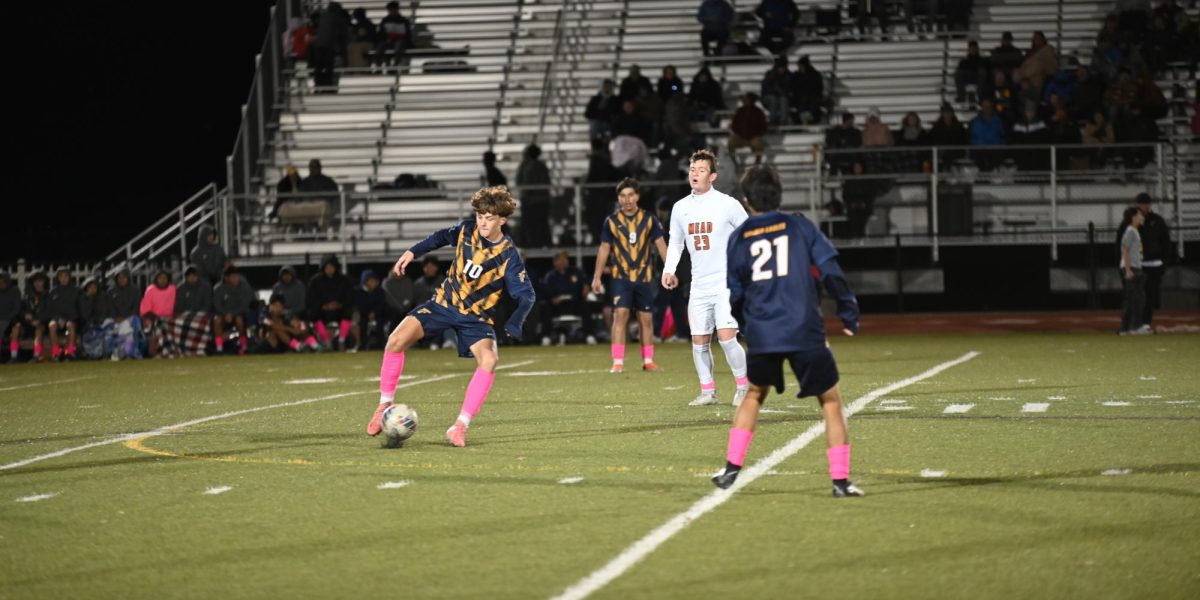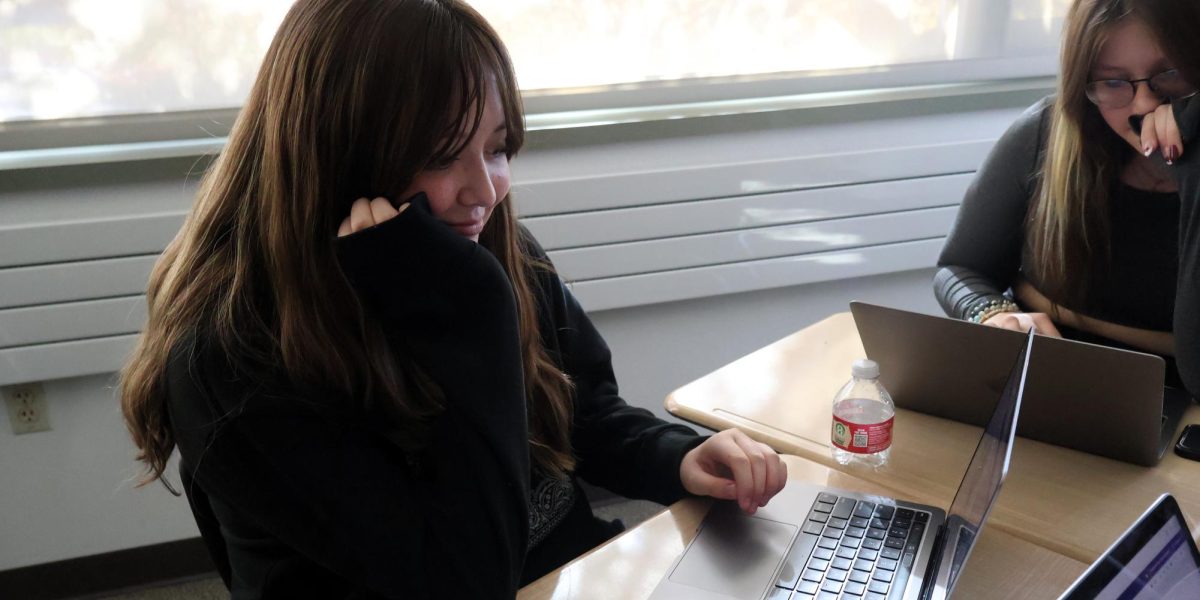Junior Kenzie Kincaid takes a deep breath before rattling off her to do list for after school. First, she needs to be ready in time for her brother to drop her off at her house. She then needs to change into her work clothes for her shift at Baskin Robbins. She works alone, making her the person in charge of everything: she serves customers, makes their sweet treats, cleans, and keeps everything organized. When her shift ends at 7 p.m., she gets a ride home, eats, does the dishes, and cleans the kitchen. After her chores are done, she usually spends about two hours on homework, though tonight might stretch longer–the boys tennis spread for the yearbook is due at midnight and she still has to add, edit, and caption some photos.
“I feel stressed and pressured to achieve things in school and to fit in with everyone else,” Kincaid said. “Sometimes these pressures make me feel even more stressed than I already am, and that just makes everything worse. Teachers give out a lot of work, and it’s making me feel burnt out.”
Kenzie is not alone. Today’s teenagers are being dubbed “the burnout generation” by a new study called “Unpacking Grind Culture in American Teens” from Common Sense Media (CSM) released in October. CSM worked with Harvard and Indiana Universities to survey over 1,500 13- to 17-year-olds from across the US about the sources of their stress. The results show that today’s teens are experiencing stresses at higher levels than previous generations and in different ways than different generation.
What’s Causing Teen Stress
The survey identified six key causes of stress for teens. Three of these pressures have been observed to be the main sources of teen stress for decades:
- The pressure to achieve the most: Teens have always felt pressure to get the highest grades, win the big game, take the toughest classes, and win accolades for their work. However, our open access, data-driven society is making this impulse much worse. The ability to check grades at any moment has caused more anxiety around school achievement. Athletic stats on student athletes from around the country, found on sites like MaxPreps, increase pressure to improve every stat to get recruited for a college team. 53% of teens surveyed say that achievement pressure negatively effects them on a regular basis. The top three sources of achievement pressure are themselves, school adults, and their parents and family, while time with friends is the most popular method of relieving this pressure.
- The pressure to have an appealing appearance: Over half of the teens surveyed said the pressure to look their best and fit in negatively effects them on a regular basis. While this response was more common in girls, the pressure to look good affected over 40% of boys and nonbinary youth. While teens have always compared their looks to others and done their best to “fit in,” the prevalence of social media and rise of fast fashion have created more unreasonable standards than previous generations. In addition to social media, the top sources of appearance pressure are the teens themselves and their peers and classmates, while time with family is the most popular method of relieving this pressure.
- The pressure to have an active social life: High school offers many opportunities in academics, athletics, clubs, the arts, and opportunities to connect with peers. The pressure to go to every game, attend every dance, dress for every spirit day, and spend all the time they can with their closest friends. This pressure has also been increased by social media, as teens are pressured to post these experiences in order to “be seen.” This has created a new anxiety called FOMO, or fear of missing out. 44% of teens surveyed say that social pressure negatively affects them on a regular basis. The top three sources of social pressure are social media, themselves, and their peers and classmates, and teens struggle to find a way to relieve this pressure more than any other.
Dixie Kalvels, Frederick High’s library media specialist, said, “I felt a lot of these pressures when I was a teenager in high school–social pressure defined everything, like the friends I could and couldn’t have, but it also gave me a specific place that I knew was my own for better or for worse.”
Science teacher Tamara Kaler agreed that these pressures are nothing new. “Most of my friends were smart, so I always felt the pressure to be like them. I definitely put more pressure on myself than anyone else did.”
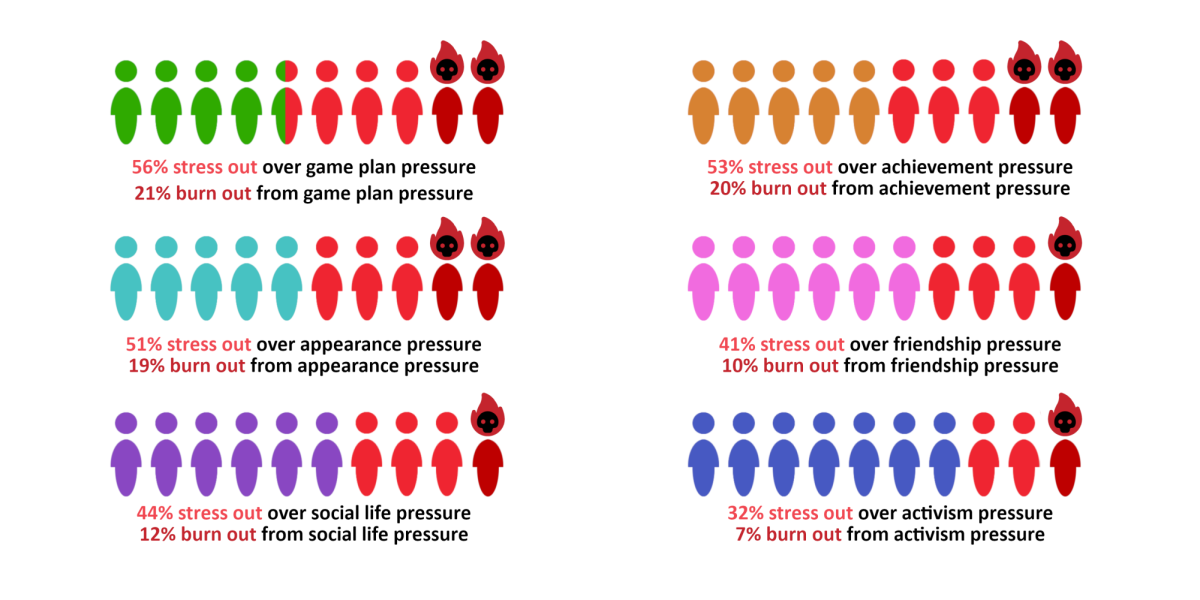
However, three major pressures on teenagers are new to this generation—these pressures existed in the past but were never primary sources of stress affecting a majority of teens:
- The pressure to have a “game plan”: While career guidance and college planning have been mainstays of high school since the 1970s, today’s students are expected to start on their postsecondary plans earlier and make themselves more marketable to enter a more selective college and business environment. Not just having to figure out these major life decisions but constantly being asked about them by family members and teachers creates more pressure on teens. 56% of teens surveyed say that future planning pressure negatively effects them on a regular basis. The top three sources of future planning pressure are school adults, parents and family, and themselves, while time with close friends is the most popular method of relieving this pressure.
- The pressure to always be available: Pressure on teens to support their friends was limited in the past: a teen would see their friends at social gatherings or talk to them on the family phone or computer at night. However, 41% of teens surveyed say that they are negatively effected on a regular basis by the pressure to always be available to their friends and family. As a cell phone always keeps them connected, teens feel that they have to immediately like every photo, reply to every message, and check every notification as soon as it comes in. This impulse consistently disrupts activities where students used to be disconnected, like movies with friends, late nights, and class time. The top three sources of connection pressure are social media, themselves, and their peers and classmates, while physically disconnecting by turning a phone on silent or storing it in a locker is the most popular method of relieving this pressure.
- The pressure to engage in activism: While teens have always been encouraged to volunteer to help their community, social media and colleges becoming more selective have driven today’s teens to give their time to others and to be informed on major issues concerning justice, politics, the environment, and technology. This “activism” pressure also includes religious activism and engagement in church and spiritual experiences. While activism pressure only negatively affected 32% of teens surveyed, these teens said that activism stress impacts them more intensely—they feel worse when not meeting their own expectations for this stress than the other five. The top three sources of activism pressure are social media, school adults, and themselves, while time with family and close friends is the most popular method of relieving this pressure.
Sheli Mares, a health teacher at Frederick High, said, “I knew I was going to college–I just didn’t know what was happening after that. And I didn’t feel pressured to figure it out.”
Science teacher James Chand said he also didn’t feel any of these pressures when he was in high school. “I didn’t feel the pressure to engage in activism or to always be available. Growing up I was part of a church group that engaged in activism, but it wasn’t pressuring for me–it was just there.”

When Stress Turns to Burnout
The result of these six pressures is burnout, which CMS characterized by symptoms of 1) mental and physical exhaustion, 2) a lack of confidence and motivation, 3) an overall feeling of cynicism or numbness, 4) increased mistrust of others, and 5) what teens they interviewed called “paranoid competitiveness,” or the feeling that everyone else is doing better than you because you aren’t working hard enough.
CSM defined burnout as feeling 3, 4, or 5 of these symptoms on an everyday basis. According to CMS, 27% of teens they surveyed were burned out, with 5% of those teens saying that they couldn’t escape their feelings of burnout and another 3% questioning if they could go on much longer. In contrast, only 25% of teens claimed that they genuinely enjoyed their lives, while the majority of respondents (48%) said that they regularly felt stress and a lack of energy but wouldn’t consider themselves burned out.
“Instead of burning, it feels more like drowning,” said junior Allison McCormick. “When you experience academic burnout, it feels like you have a million things to get done—you’re covered in so many things that you have to get done, but you don’t know where to start, and that leaves you with a feeling of stress.”
The survey also revealed an obvious fact: the more of the six pressures a teen feels, the more likely they are to feel burned out. Only 20% of teens that feel one or two of the pressures are negatively impacting them report being burned out, but this burnout rate jumps to 42% of teens for those regularly experiencing four, five, or all six pressures.
How to Keep from Burning Out
So what can a teen do to keep from burning out or cure their burnout? CSM identifies seven self-care activities recommended by experts. A third of teens who only engage in one or two of these activities at least four times a week experience burnout, and the likelihood of burning out drops by 23% with each additional activity:
- Get some sleep: The CDC recommends that teens get 8-10 hours of sleep every night because this gives their bodies and brains the energy they need to develop. Only 55% of the teens surveyed said they got more than 7 hours of sleep a night for at least four days out of the week.
- Get some exercise: The American Psycological Association found that 32% of people feel that exercising helps calm their stress down, yet only 40% of the teens surveyed said they got at least 1 hour of exercise or similar physical activity for at least four days out of the week.
- Get outside: The National Institute of Health (NIH) says that 1 out of 4 teenagers found that going outside positively impacted their mental health but that 1 in 5 say that there are significant barriers to them spending more time in nature. Only 30% of the teens surveyed said they spent any time enjoying nature or the outdoors on at least four days out of the week.
- Lend a hand: A study published in Nature found that helping out a friend or family members boosts happiness in teenagers and leads to decreased stress. Only 24% of the teens surveyed said they spent any time helping friends, family, or classmates on at least four days out of the week.
- Make something: According to a 2021 study, engaging in artistic creation and crafting can decrease immediate feelings of stress by 8%, which was a bigger increase than any other leisure activity measured. Only 16% of the teens surveyed said they did something creative that wasn’t for school on at least four days out of the week, and 23% said they never do anything creative that isn’t assigned for school.
- Have a good talk: According to Psychology Today, talking about feelings with someone and identifying how you feel and why is very effective at relieving stress. Only 22% of the teens surveyed said they had a deep or meaningful conversation with someone close to them on at least four days out of the week.
- Have some fun: It may sound silly and obvious that a way to relieve stress is to have some fun, but only 40% of the teens surveyed said they did something just for fun on at least four days out of the week, and 5% said that they never make time to do anything just for fun. In fact, a study from the NIH posits that engaging in leisure is the only way to get through stress, as leisure allows our brains the space to develop resilience.

Of course, the best solution would be if parents, teachers, counselors, and society as a whole stopped putting so much pressure on teenagers. But until then, students like Kenzie Kincaid have to find healthy ways to manage their stress and avoid burnout.
“Gaming and playing video games calms my stress down by taking my mind off of all the stress that school causes, and that can be really helpful sometimes,” Kincaid said. “It’s definitely hard to balance activities outside of school and in-school stuff like homework, but I’ve found ways to get through it.”













